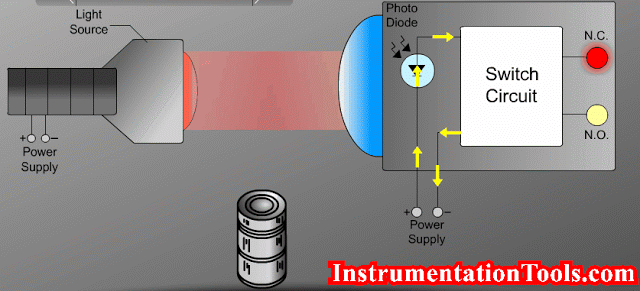 |
| Beam Detectors Working Principle Animation |
Beam Detectors Working Principle:
A Beam Detector has two main parts
1. Source like IR LED, LASER, or any type.
2. Detector like Photodiode etc.
An optical beam smoke detector is a device that uses a projected beam of light to detect smoke across large areas, typically as an indicator of fire. They are used to detect fires in buildings where standard point smoke detectors would either be uneconomical or restricted for use by the height of the building. Optical beam smoke detectors are often installed in warehouses as a cost effective means of protecting large open spaces
Optical beam smoke detectors work on the principle of light obscuration, where the presence of smoke blocks some of the light from the beam,typically through either absorbance or light scattering. Once a certain percentage of the transmitted light has been blocked by the smoke, a fire is signalled. Optical beam smoke detectors are typically used to detect fires in large commercial and industrial buildings, as components in a larger fire alarm system.
Also Read: Gas Detectors Working Principles
Optical beam smoke detectors consist of at least one light transmitter and one receiver, which is photosensitive. The photosensitive receiver monitors light produced by the transmitter under normal conditions. In the absence of smoke, light passes from the light transmitter to the receiver in a straight line. In a fire, when smoke falls within the path of the beam detector, some of the light is absorbed or scattered by the smoke particles.This creates a decrease in the received signal, leading to an increase in optical obstruction i.e. transmittance of light across the beam path and which in turns a output signal showing smoke/fire indication.
The optical beam smoke detectors were prone to false alarms, which were caused by many different factors. Most commonly, the build-up of dust, dirt and other debris would lower the detection threshold for the detector, causing the system to enter alarm when no fire was present.
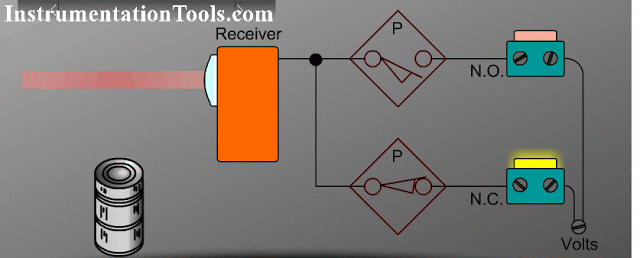 |
| Optical beam smoke detectors Working Principle |
Also Read:Interview Questions on Smoke Detectors
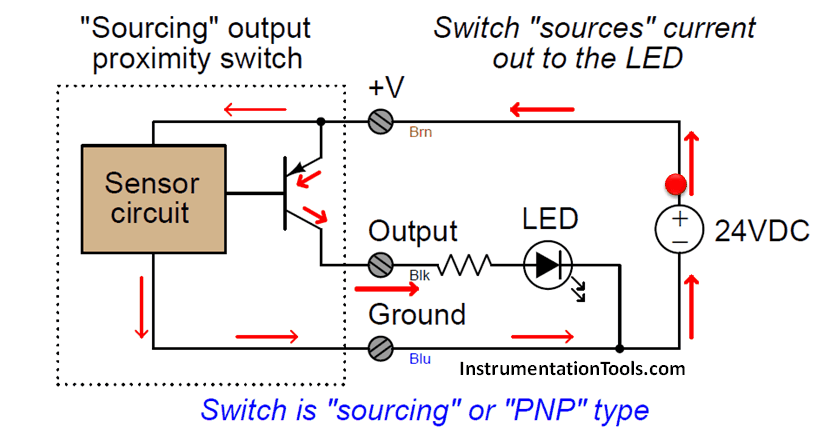

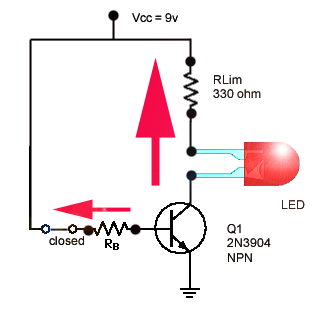
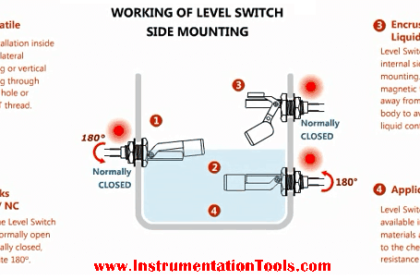
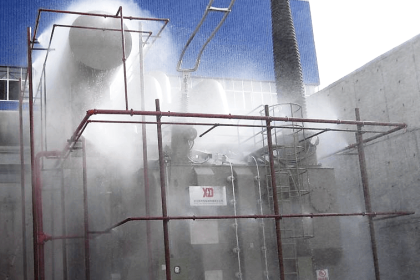
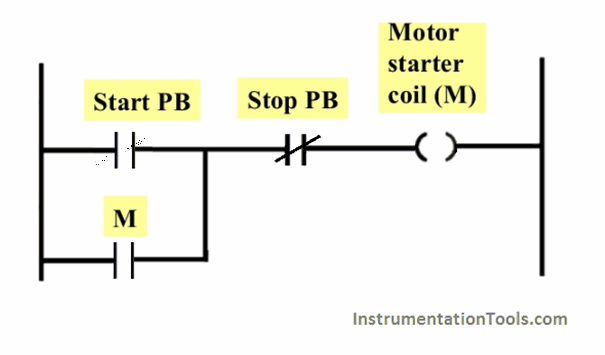
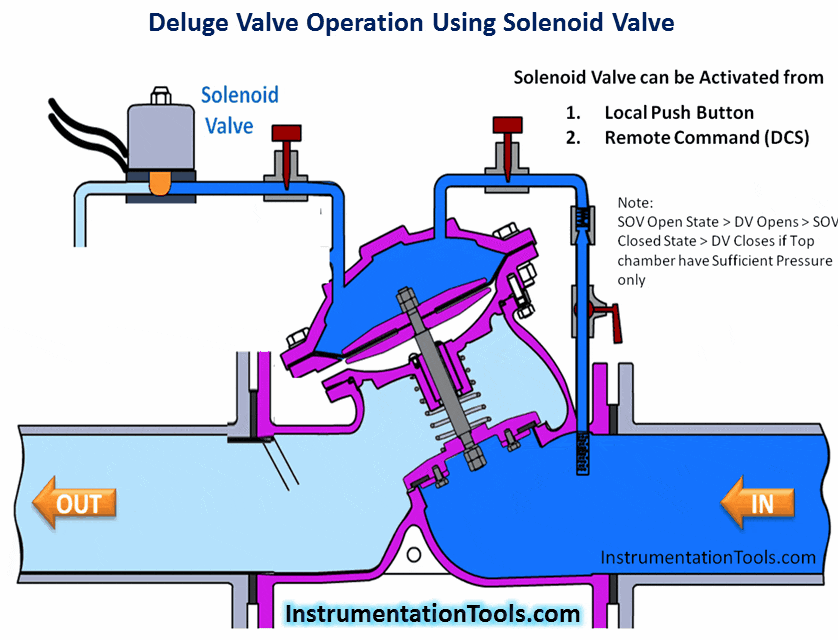

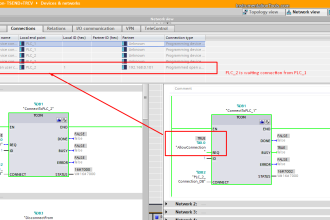
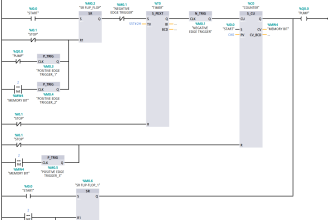
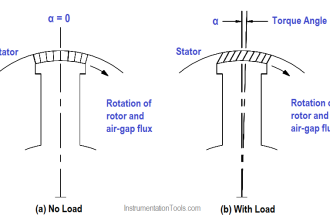
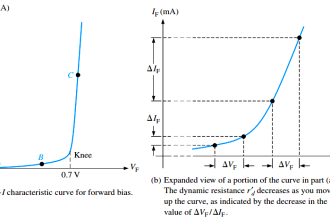
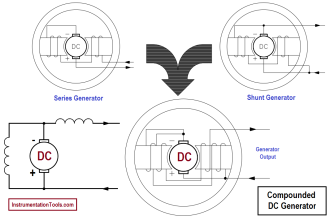
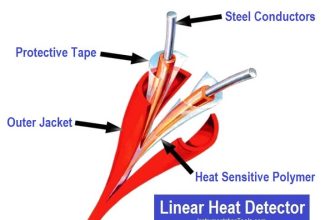



Really very useful to me.pl.send me video of any instrumentation system.thanks.